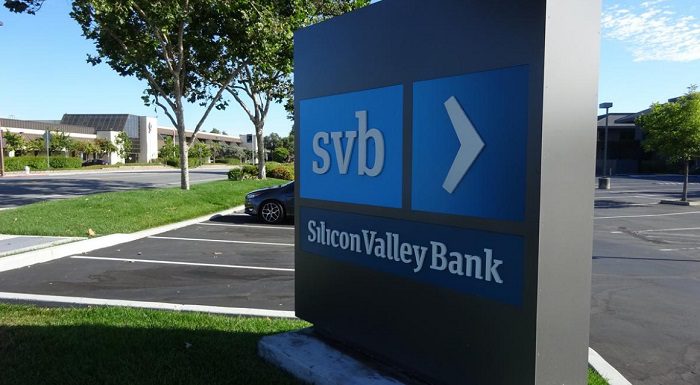The Federal Deposit Insurance Corporation in the US is anticipated to initiate ways to make the US banking sector pay for the approximately $23 billion dearth of its insurance fund due to the collapse of Silicon Valley Bank and Signature Bank in March.
The agency happens to have broad authority when it comes to setting the terms of what is called special assessment so as to fill the gap, but exactly how it is going to look is still a question. As per what the banking trade organisations have told Reuters, they are yet to get any specifics as far as the assessment is concerned.
Apparently, the deposit insurance fund happens to be a pot of cash that the FDIC has control over so as to guarantee almost $250,000 of the depositor’s money. As an insurance premium, banks often pay a quarterly assessment that is based on a methodology that is pre-set and draws on risk determinations as well as financial data.
So as to halt the spread of panicked withdrawals all across the banking system in March, the FDIC went on to guarantee all the deposits that were there with SVB as well as Signature Bank, even if they happened to cross $250,000. Such losses therefore require the FDIC to make special assessments in order to replenish the DIF. However, the law will not define the assessment base for special assessment or which bank is going to pay it, and there is no time frame allocated when it comes to recouping the funds.
At present, the law requires the FDIC to maintain $1.35 in the fund for every $100 in insured deposits. By the end of December last year, the balance of the DIF stood at $128.20 billion, which meant that the bank failure in March accounted for around 18% of the total fund. If we look at the financial crisis of 2008, the volume of bank failures pushed the DIF around $20 billion into the red. The FDIC’s special assessment back then, put the burden of the cost more heavily on the biggest financial institutions in the country.
In 2008, when the FDIC initially called for a special assessment that amounted to 20 basis points of banks insured deposits, small-time banks pushed back really hard. This time around again, the top officials from Washington have stated that the regulators are not likely to make the smaller banks pay for the banking failures that occurred last month. This goes on to show the change Congress as well as the FDIC made post-2008 meltdown to make riskier and larger banks contribute in a proportionate way so as to maintain the DIF.
A representative from the industry told Reuters that bankers were hoping the final bill would be less than $23 billion when the sale of SVB and Signature Bank assets is done.






















